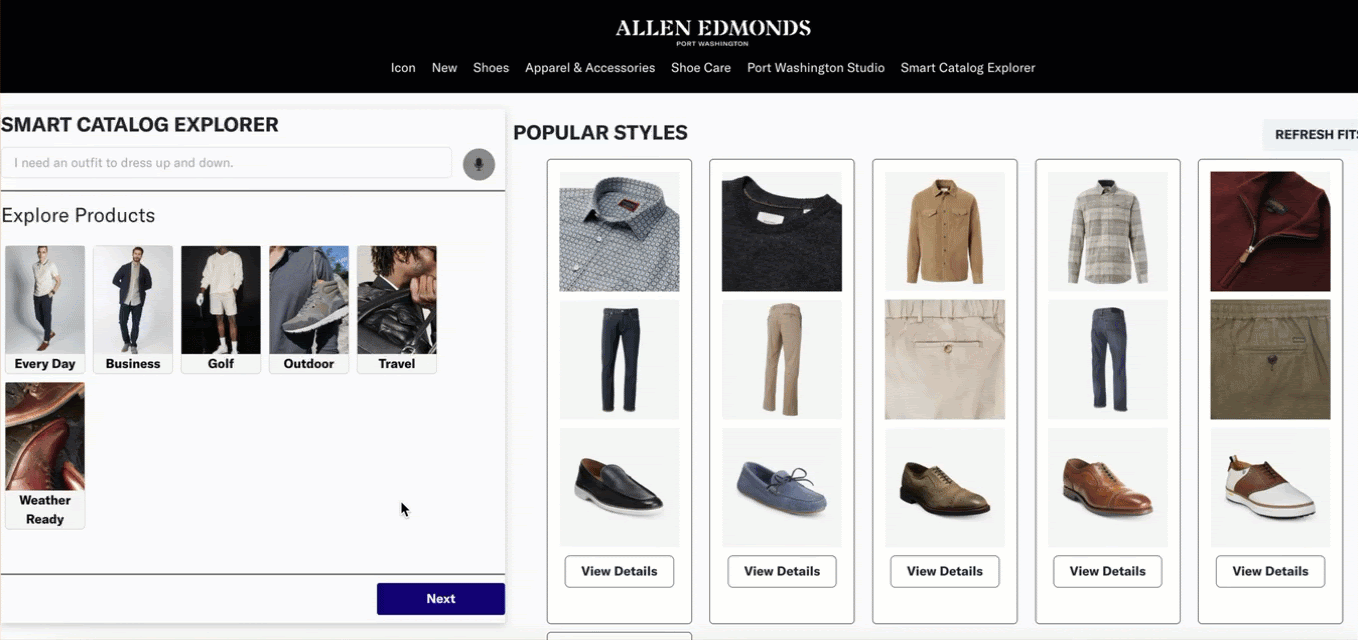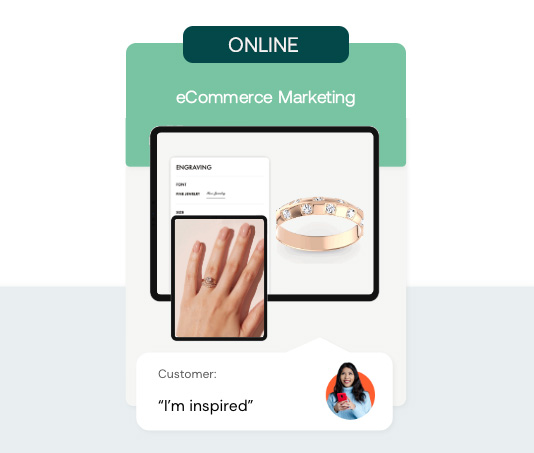The Data & Assets You Need for Effective AI Visualization
Summary / TL;DR
- Visualization drives sales impact: Retailers see up to a 40% lift in conversions and 20% higher average order value when customers interact with 3D/AR product experiences.
- Strong data and assets are essential: Accurate CAD files/3D models, high-resolution textures, structured attributes, and metadata form the foundation of effective visualization.
- Integrated into the buyer journey: Visualization should appear across search, product pages, configurators, cart, and even customer support to boost confidence and reduce returns.
- Ongoing optimization matters: Regularly updating assets, syncing with inventory, and tracking KPIs ensures visualization continues to deliver ROI.
Introduction
Shoppers no longer want to just read about products. They want to see them, configure them, and picture them in their own space before committing to a purchase, and that is why 3D and AR visualization are quickly moving from “nice-to-have” features to business-critical investments.
But the truth is that visualization is only as effective as the data and assets behind it. Without the right foundation, visuals may be inaccurate, incomplete or slow to load, which hurts trust instead of building it.
Our clients who have invested in visualization see the difference. Case studies show up to 40% conversion lift and a 20% increase in average order value when customers interact with visual product configurations. Returns also fall significantly because buyers know what to expect before they click “buy.”
Here’s what manufacturing and retail teams need to have in place to make visualization work.
1) CAD Files or 3D Models
Accurate 3D product models are the foundation of product visualization. CAD files from your design team or manufacturer provide exact geometry for each product. If CAD is not available, 3D modeling services can recreate assets at scale.
Best practices:
- Standardize how CAD files are stored and shared so they are easy to update.
- Work with a partner who can optimize CAD data into lightweight 3D models for web and mobile.
- Prioritize adding visualization features to top-selling products first to maximize ROI early.
2) High-Resolution Textures and Materials
A 3D model without realistic textures looks flat and unconvincing; however, textures (fabrics, woods, metals, plastics) bring models to life and give buyers confidence in their choice.

Best practices:
- Capture high-quality material scans under consistent lighting.
- Organize textures into a shared library that can be reused across product lines.
- Optimize for performance by balancing resolution with file size to ensure fast load times without losing realism.
3) Structured Product Attributes
Visualization tools rely on attributes such as size, color, finish, and material to generate configurations. If attributes are incomplete or inconsistent, options will not appear correctly.
How to prepare attributes:
- Export product data from your PIM and check for missing fields.
- Standardize attribute names and values (e.g., “oak” vs. “light oak”).
- Ensure configurable options are mapped to product IDs for accurate pricing and inventory.
- Document compatibility rules (e.g., a certain finish only available in specific sizes).
4) Configurable Options and Metadata

Customers expect flexibility when customizing products, whether that’s choosing a finish on a table or selecting components for equipment. To support this expectation, metadata must be accurate and detailed.
Best practices:
- Document every valid option and variation.
- Map dependencies and constraints to prevent impossible combinations.
- Regularly sync metadata with live inventory to avoid showing unavailable options.
5) Photography Pipelines for Context
Even with 3D and AR, still photography still plays a role. Lifestyle photos show products in context, while 3D imagery and spin sets provide accuracy. When used together, they create a complete product picture.
Best practices:
- Use consistent lighting and backgrounds for product-only shots.
- Create lifestyle photography for inspiration, with 3D for precise configuration.
- Establish a repeatable process to update photography as new SKUs are released.
6) Integrating AI Visualization Into the Buying Journey
Visualization delivers maximum value when it is integrated throughout the buyer’s journey, not siloed on product pages. Our solution allows visuals to be embedded across front-end and back-end systems.
Examples of visual commerce placement throughout the buyer's journey:

- Search and discovery: Let buyers see real-time product visuals directly from the search bar, or encourage product discovery by enabling users to chat with an AI assistant.
- Configurator tools: Enable customers to build, adjust, and compare versions side by side.
- Checkout and cart: Show personalized bundles with visuals to encourage upsells.
7) Training Teams and Aligning Workflows
Visualization is not just a technology investment; it requires operational alignment. Teams across marketing, manufacturing, and support need to understand how visuals enhance their workflows.
- Manufacturers can ensure visual libraries are kept up to date with manufacturing and product photos.
- Marketing can feature interactive visuals in campaigns and social content.
- Customer support can use visuals to answer sizing or compatibility questions instantly.
8) Ongoing Optimization
Visualization is not a one-time project. To sustain value:
- Track metrics such as conversion rates, average order value, time-to-purchase, and return reasons.
- Run usability tests to see if customers understand configurators and flows.
- Expand visuals into new categories and touchpoints as asset libraries grow.
Business Impact of AI Visualization
Our clients consistently see three key outcomes:
- Higher conversions: Up to 40% lift when buyers can visualize products before purchasing.
- Larger baskets: 20% higher AOV because customers add bundles and upgrades confidently.
- Fewer returns: Buyers know what to expect, so there's fewer surprises at unboxing.
These outcomes are proof that visualization isn’t just about creating beautiful graphics anymore; it's about building trust with buyers and demonstrating transparency in digital commerce.
Final Thoughts
Visualization has become as important to creating trust as reviews and ratings once were, and buyers who can see, configure, and interact with products online are more likely to purchase, spend more, and keep what they buy.
To achieve this, retailers must build a strong foundation with CAD models, textures, attributes, metadata, and photography pipelines. With the right assets in place, visualization technology can reduce returns, improve buyer confidence, and deliver measurable business growth.
We have seen it firsthand with our clients. Visualization is no longer optional. It is the next trust signal that defines success in digital commerce.

